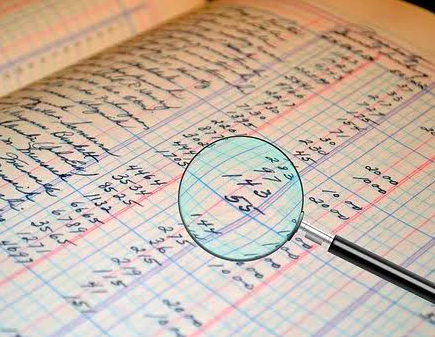When looking for different types of expenses that one would think may be on an Income Statement, it can get confusing when they can’t be found, like Debt Payments and Owner’s Draws!
Believe it or not, there are times when things may ONLY show up on the Balance Sheet that you would have thought would be on the P&L. Debt Payments and Owner’s Draws are two of those things and this is why.
Debt Payments
Money that is injected into a company from loans will never be reflected on the P&L, since it only reflects REVENUES from the sale of goods and services. That means you’d never see principal payments towards things like loans or credit cards on the P&L. But, you would see interest expenses on the P&L in the period when the interest has been accrued.
To further clarify, if you deposit money into your bank account from a loan, would you book it to income? Would you want to be taxed on it? Absolutely not! You book that deposit to a Loan Payable account, which you would find on the Balance Sheet.
In retrospect, if you are not recording that loan principal as income to your company, , any repayment of that loan would not be an expense, which means it also wouldn’t be reported on the income statement. Tricky stuff!
Let’s look at an example. If a business borrowed $10,000 from a bank, the company’s cash increased by $10,000, but the Loans Payable would increase by $10,000, as well. Both of those are Balance Sheet items.
We can also assume that the company is making regular payments of $1,000 per month, $60 which goes towards interest and $940 in principle. That means there would be the following:
- A Credit of $1,000 to Cash on the BALANCE SHEET
- A Debit of $940 to Loan Payable on the BALANCE SHEET
- A Debit of $60 to Interest Expense on the INCOME STATEMENT
Owner’s Draw
Treatment of an owner’s draw is similar to loan payments, as they are also not found on the Income Statement. Instead, they are considered Equity Transactions, which means they would show up on the Balance Sheet.
If an owner decided to take money out of the company, it isn’t an Expense, for the same reason that if you put money into the company through a loan, it is not considered income. It is generally money that an owner has taken from the business for personal use and are routine occurrences in small businesses. For this reason, they are treated similarly to how dividends would be paid at a larger corporation.
Owner withdrawals are subtracted from the Retained Earnings account on the balance sheet to obtain the proper equity total. An owner can only claim any equity that is remaining after deducting all of the liabilities from the assets and don’t forget… Assets are always equal to liabilities and equity together!
How does the Owner’s Capital account continue to grow? At the end of any fiscal year, the net income or net loss from the Income Statement would also be transferred to the Retained Earnings account.
That means that any Owner’s Draws would be a debit account towards the Retained Earnings.
For example, if an owner withdraws $1,000 from the business for personal use, there would be a debit of $1,000 entered to the Owner’s Draw account and a credit of $1,000 made to Cash account. At the end of the year, this Owner’s Draw account would get closed so the new period would start with a zero balance.
Total owner withdrawals would be subtracted from the Retained Earnings account to obtain the new Equity total and the Owner’s Draw account would now have a zero balance to start out the new year.
As you can see, the Income Statement is not affected by owner’s draws, since these are not considered business expenses. Because of this, how much a business owner takes out of the business shouldn’t have an effect on the profit of the business and these amounts aren’t tax deductible.
While it can be confusing to wrap your head around some of these more intricate items with Debt Payments and Owner’s Draws, don’t hesitate to call us to help you out! We will walk you through your financial reporting needs!

